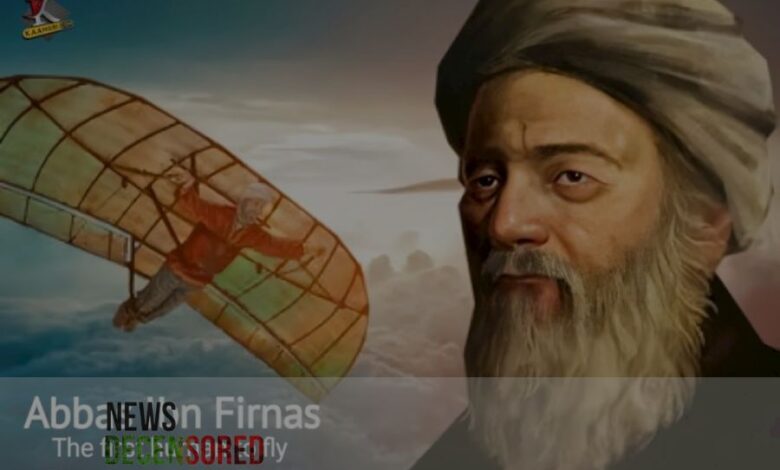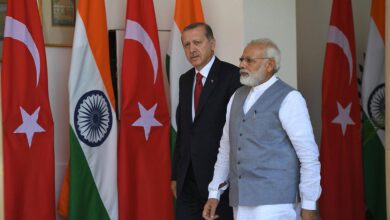Abbas Ibn Farnas: Pioneering the Skies with Human Flight

In early 2013, Rolls-Royce introduced a limited edition with a flying man logo. It was not just an image of an imaginary person. Stamps, roads, airports, and companies were all attributed to him; this was the first time that a global luxury car maker was not getting the honor of being associated with him. It was the ninth-century inventor Abbas Ibn Furnas, the first person in history to attempt flight, according to American orientalist Philip Hitti scientifically.
Landscape of Andalusia
According to John H. Leinhardt of the University of Houston, the Andalusian caliphate of Córdoba occupied present-day Spain and Portugal except for a northern strip. This was the period of the rise of Islamic art and science. Cordoba and Baghdad were the twin cultural centers of the world. In 822, Abd al-Rahman II assumed the throne and carried out many public works.
Hitti writes that ‘there were paved roads and paved highways. These highways were illuminated for miles, although 700 years later, no public lamp in London was blessed with any public lamp. The streets of the city of Paris were also in such a condition for centuries that in the rainy season, anyone who Descended from the threshold, his feet would sink in the mud up to his ankles.
As the patron of science, this Caliph promoted the creation of astronomy, medicine, and many other technologies. This medieval intellectual and artistic innovation period eventually shaped Europe’s Scientific Revolution, writes historian Giller D. Anderson. Full of ideas, the young Berber astronomer and poet Abbas Ibn Furnas entered this scene.
The success of Ibn Furnas
According to Glier D. Anderson, a historian of Islamic art and architecture, Ibn Furnas was a multi-talented poet, musician, philosopher, and ‘scientist’ who developed sophisticated scientific instruments.
Historian and philosopher Will Durant quotes Algerian historian Ahmed al-Maqri as saying that Ibn Furnas also invented the lens, a complicated timepiece, and a flying machine. According to Leinhardt, Ibn Furnas devised a method to manufacture colorless glass and invented various glass planispheres.
He developed a method of cutting rock crystals that eliminated the need to send quartz (dead rock) to Egypt for harvesting. He also built the al-Maqata, a water clock, and an instrument that could detect the motion of stars and planets. Ibn Furnas was also called ‘Hakim al-Andalus,’ meaning the wise man of Andalus. In her book ‘A Bridge to the Sky,’ Glier D.
Anderson writes about Ibn Furnas and his experimentation with combining science and art. They created a chamber in their house, a medieval 3D virtual reality experience. Onlookers imagined seeing stars, lightning, and clouds and hearing the roar of the clouds.




